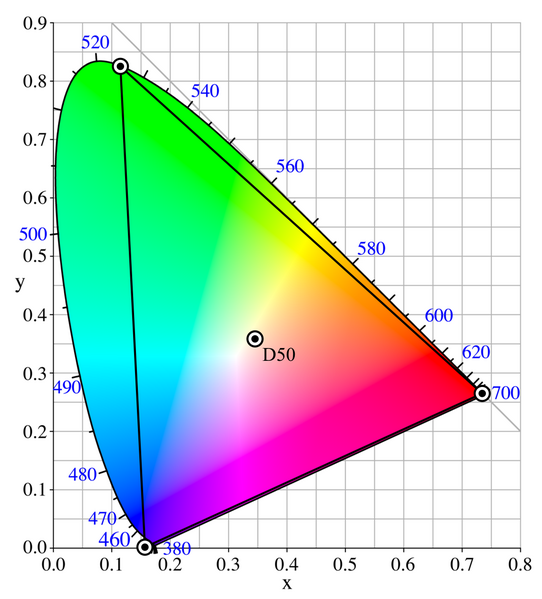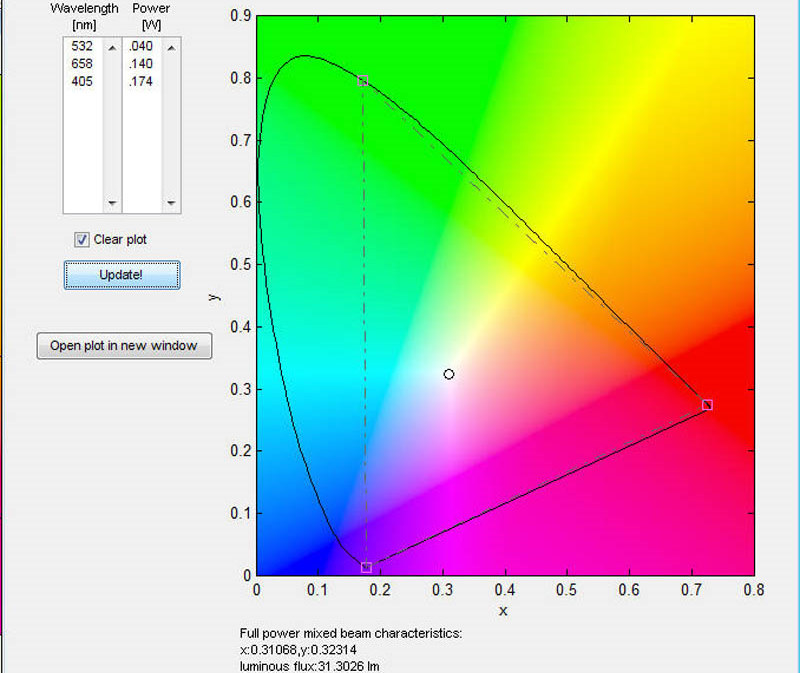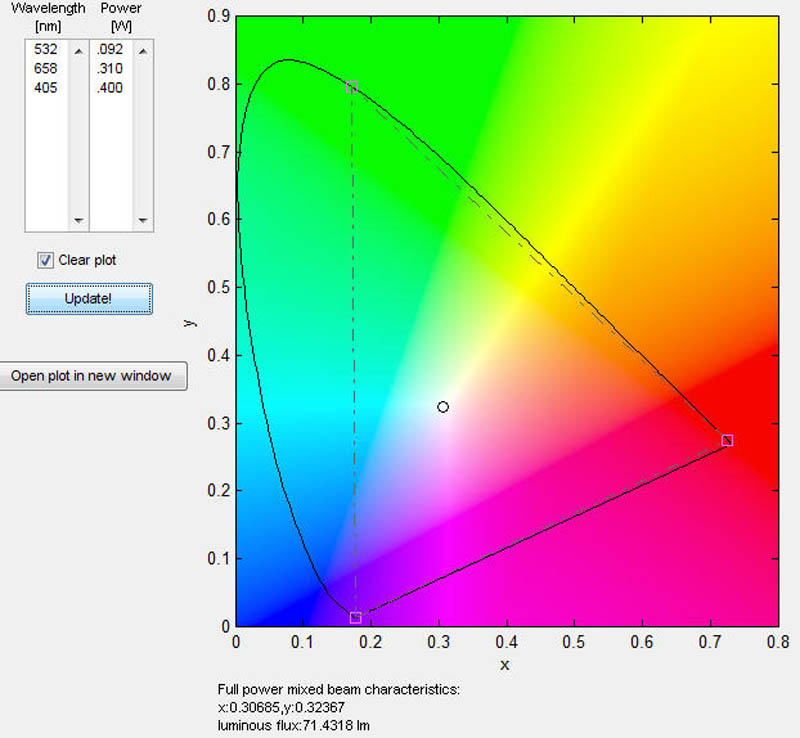- Joined
- Feb 15, 2010
- Messages
- 31
- Points
- 0
Hi, I'm new here and a n00b with lasers, so don't get mad at me 
I'm studying electrical engineering, and I have no problem using dsp and microcontrollers/microprocessors.
I want to try to make a scanline RGV laser projector, but I need some help.
1) Can I dim the laser intensity with a PWM signal as with LEDs?
2) Where I can find a precision two axis motorized mirror?
3) In order to merge R, G and V beams what I have to use? Dichros, prisms or a convex lens?
I think the convex lens, if well built, can be a good way to superpose those three channels. You have only to be precise and do some optic calculations.
Thank you for your support, Riccardo
PS: I took the idea from this Microvision: How The PicoP™ Display Engine Works
I'm studying electrical engineering, and I have no problem using dsp and microcontrollers/microprocessors.
I want to try to make a scanline RGV laser projector, but I need some help.
1) Can I dim the laser intensity with a PWM signal as with LEDs?
2) Where I can find a precision two axis motorized mirror?
3) In order to merge R, G and V beams what I have to use? Dichros, prisms or a convex lens?
I think the convex lens, if well built, can be a good way to superpose those three channels. You have only to be precise and do some optic calculations.
Thank you for your support, Riccardo
PS: I took the idea from this Microvision: How The PicoP™ Display Engine Works









